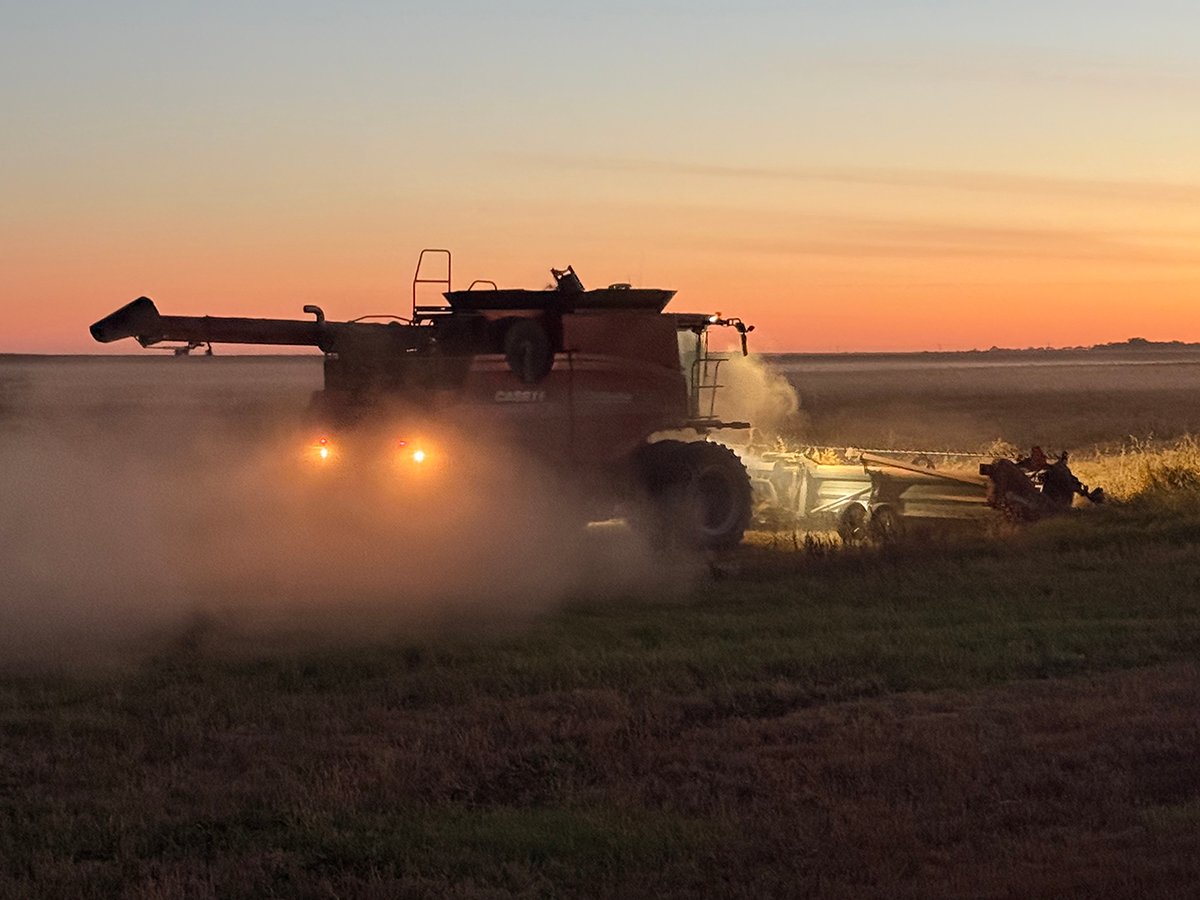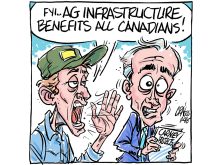The only thing worse than bad news is good news. Or so it seems in the newsroom of late.
One of our Oct. 14 front page stories was headlined “Canola’s big rebound: frost damage not as serious as first thought.” The story, written by reporter Sean Pratt, reported that some – emphasis on some – early-seeded canola appeared to have bounced back after a severe August frost and top grades had been recorded from early samples.
Farmers in Radisson, Sask., and Camrose, Alta., commented with pleasure about their results. Experts from Agricore United, the Canola Council of Canada and the Canadian Grain Commission added comments about the surprisingly high quality of canola samples.
Read Also

Downturn in grain farm economics threatens to be long term
We might look back at this fall as the turning point in grain farm economics — the point where making money became really difficult.
Good or bad, we report the news, and in this annus horribilus for farmers, it was nice to provide a wee slice from the positive side of the ledger.
Our readers told us otherwise.
Several reported their canola crops were nothing like those of the two farmers in the story. On the contrary, their crops had heavy frost damage, poor yields and low grades. They warned us about the danger of painting a rosy picture for farmers, lest the general population get the impression that all is well in the agricultural sector. It isn’t.
“Where do you get off by saying canola in our province was not frost damaged badly,” said a letter from Konnie Wenc of Ituna, Sask. (See his letter in Open Forum, page 9.)
“Kelvington to Lemberg, if you can read a map, has guys that are not going to harvest canola because of the frost and you interview a couple of guys and say everything is great. … The only reason I am subscribing to this paper is for the ads and not to all the crap of inaccuracy that only hurts us more.”
It’s a predicament. Experts saw unexpectedly good quality in samples. People who seeded early, and who were in the right place at the right time, got good yield and grades. Others, as our callers told us, had canola yield and grade destroyed by frost and weather.
As we report further on this year’s harvest results, we’ll tell you more of what farmers and crop experts say – the fate of the later seeded acres and the effect of frost on the final tally so far as experts can calculate it.
It’s not the last story we’ll be writing about the canola crop, and it may not be one our readers will consider to be “good news.” It will depend upon what we learn.
Should we ignore the good crops, grades and prices while also reporting on the poor conditions in many areas?
We hope our readers welcome both.

















